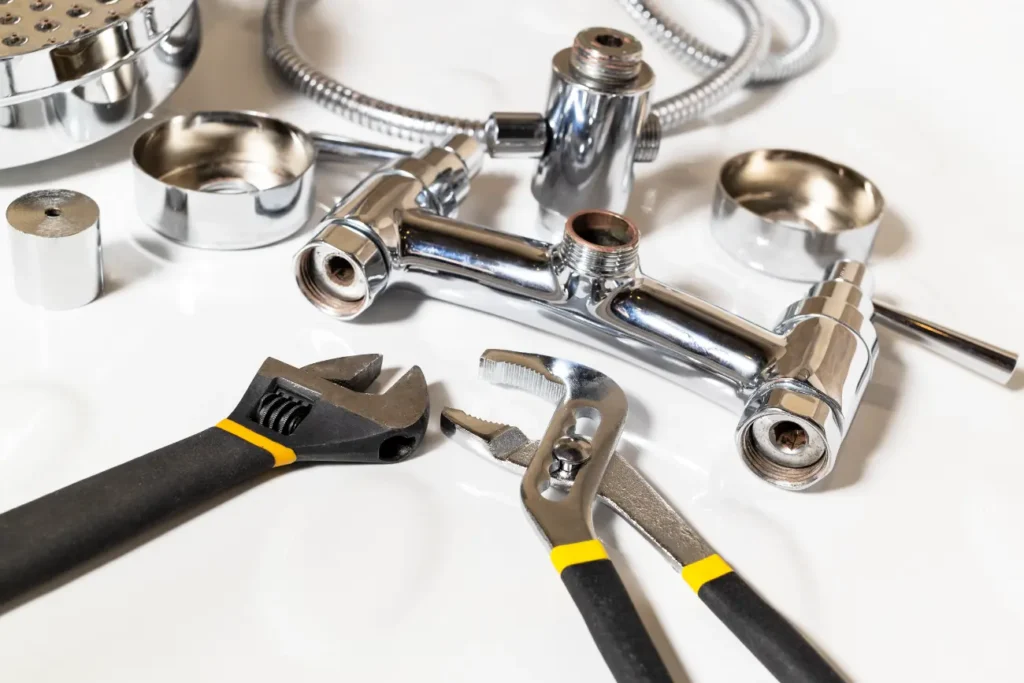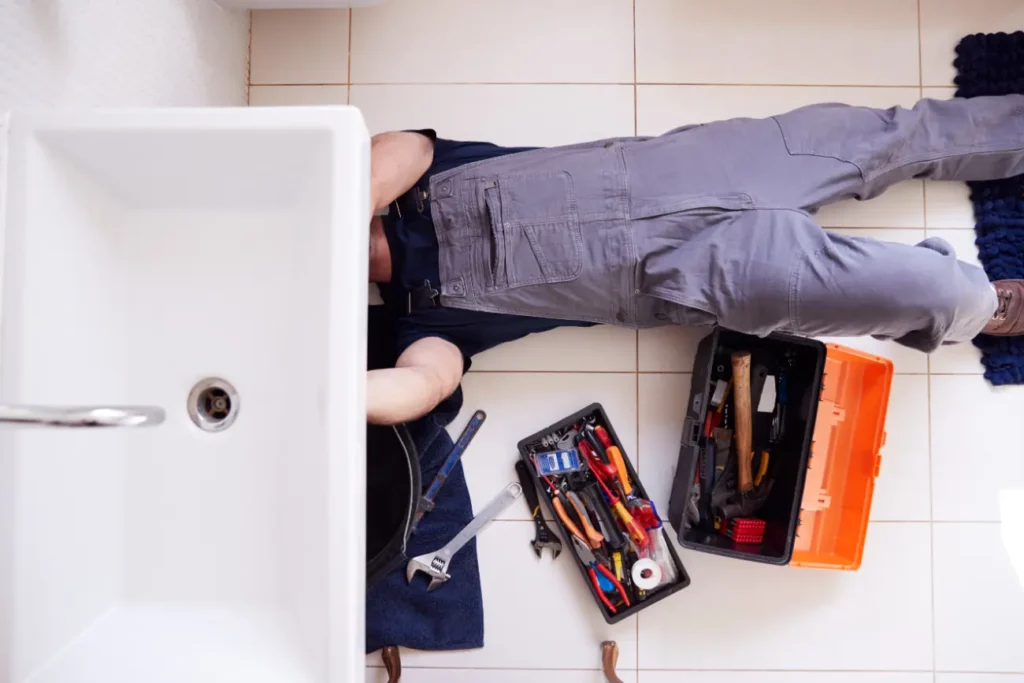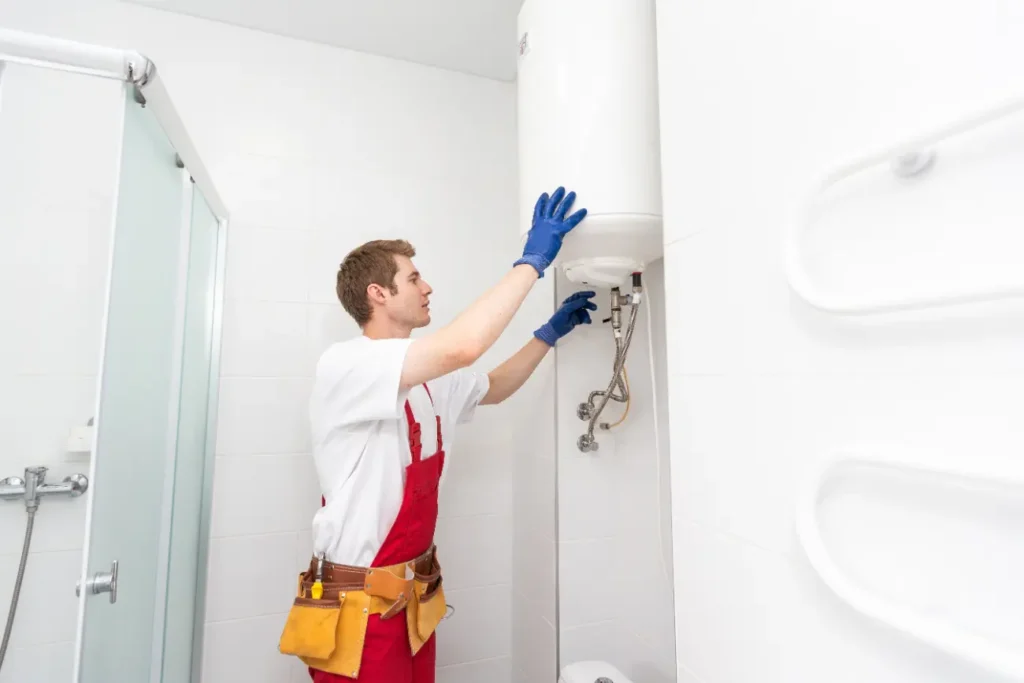When you step into the shower, you most likely expect a hot blast of water to fall down on top of you, revitalising and reenergising your body. Anything less than this can serve to be a bitter disappointment. Nothing can be as irritating as stepping into a shower only to be met with a trickle of water not too dissimilar to soft rain fall and let’s face it; a disappointing shower is not the best way to start the day.
There are a number of causes of lower water pressure, however, addressing them is a lot more straightforward than you might think. Learn how to diagnose water pressure issues and why a pressure tank and pump may be the answer to your problems.
Diagnosing the issue
Low water pressure is nowhere near as severe an issue as high water pressure, which can wreak havoc on your entire plumbing system. However, low water pressure can really get on your nerves. Having to endure endless low-pressure showers and listen to whistling sounds coming from your pipes can test anyone’s patience. A power shower should not have to be a luxury after all!
To diagnose a low water pressure issue, first hire a plumber to check for leaks or debris build-up in your pipes as well as check for any issues in your shower head or shower system. Another key cause of water pressure problems can be the use of incorrect pipe sizes. In some instances, you may just need to adjust a pressure-reducing valve on the supply line.
If these instances can be ruled out, you can be assured that the root cause of your low water pressure issue is in the weakness of your local water supply. If this is the case, you should consider investing in a pressure tank and pump.
Use a pressure tank and pump to achieve greater water pressure
Pressure tanks can effectively complement well systems in addition to benefiting homes connected to the municipal water supply. A pressure tank, once integrated into your plumbing system, keeps the volume of water in your system high. It serves to maintain water pressure at a constant level, which means no more rainfall like showers!
To achieve even stronger water pressure, you’ll need to install a pressure pump as well as the pressure tank. The pump increases the PSI (water pressure levels) of the water coming from your mains supply before it moves on to the pressure tank.
A pressure pump features a one-way valve that prevents any pressurised water from returning to the mains water supply. With most pressure pumps, you will have control over the water pressure settings, ensuring you can achieve a level of water pressure which best suits your needs.
Installing a pressure tank and pump
Installing a pressure tank and pump is a pretty complicated job, so it’s best to hire an experienced plumber to install the system, unless you have extensive DIY experience.
Don’t live any longer with low water pressure. Get on the phone to a plumbing expert today and enjoy the powerful morning shower you deserve!


